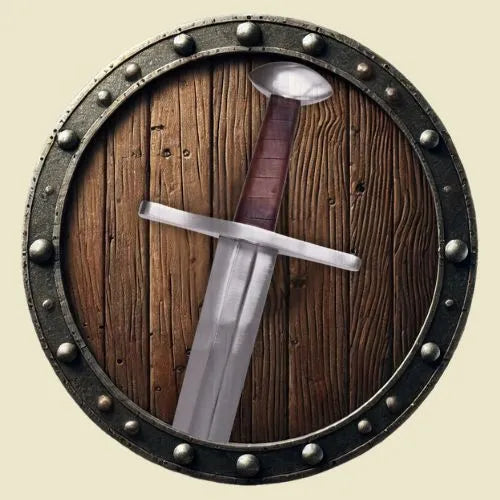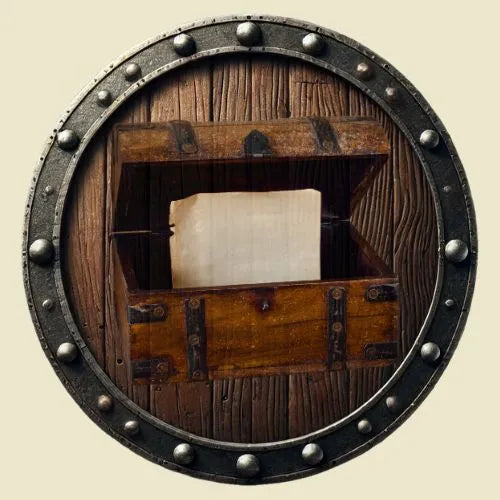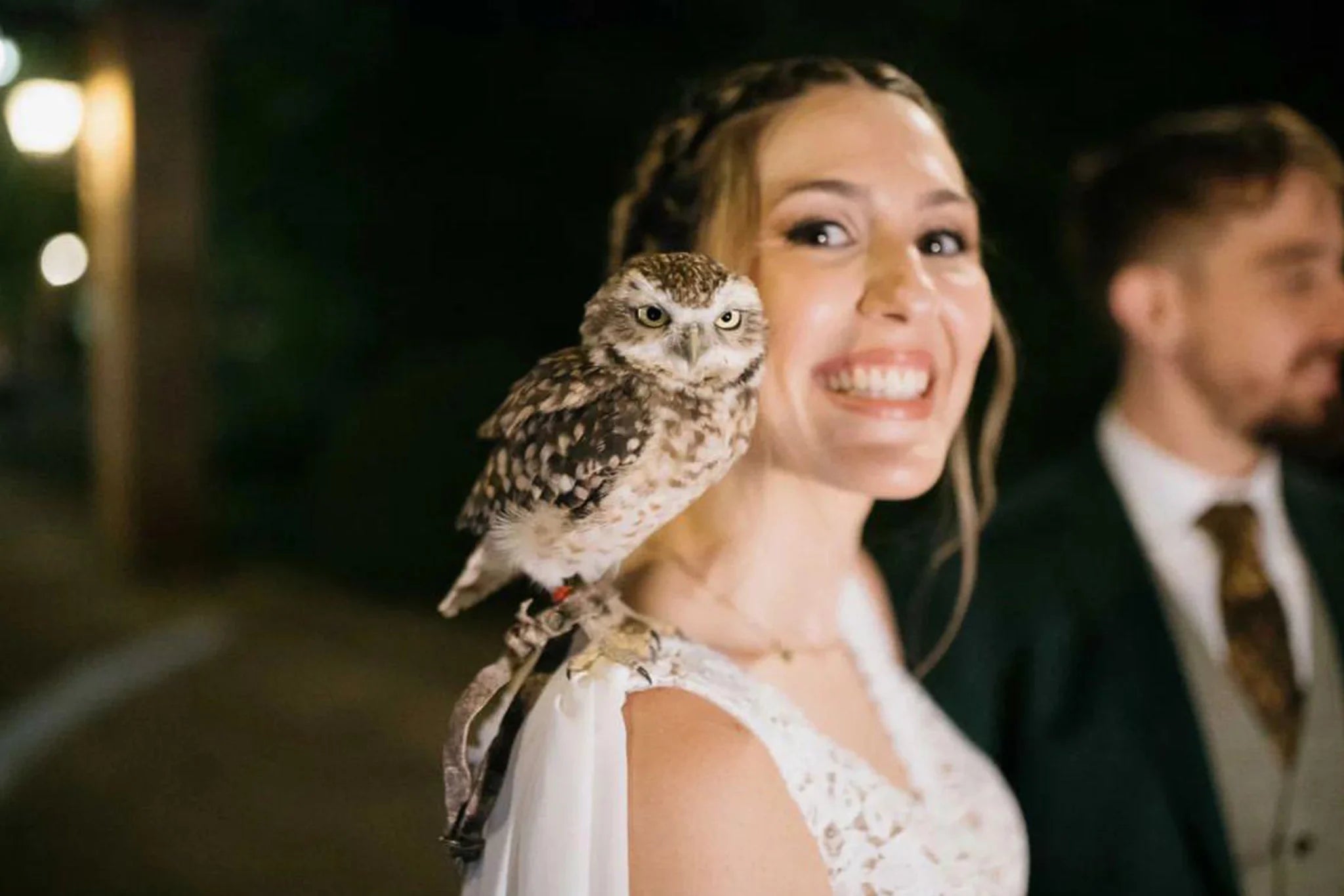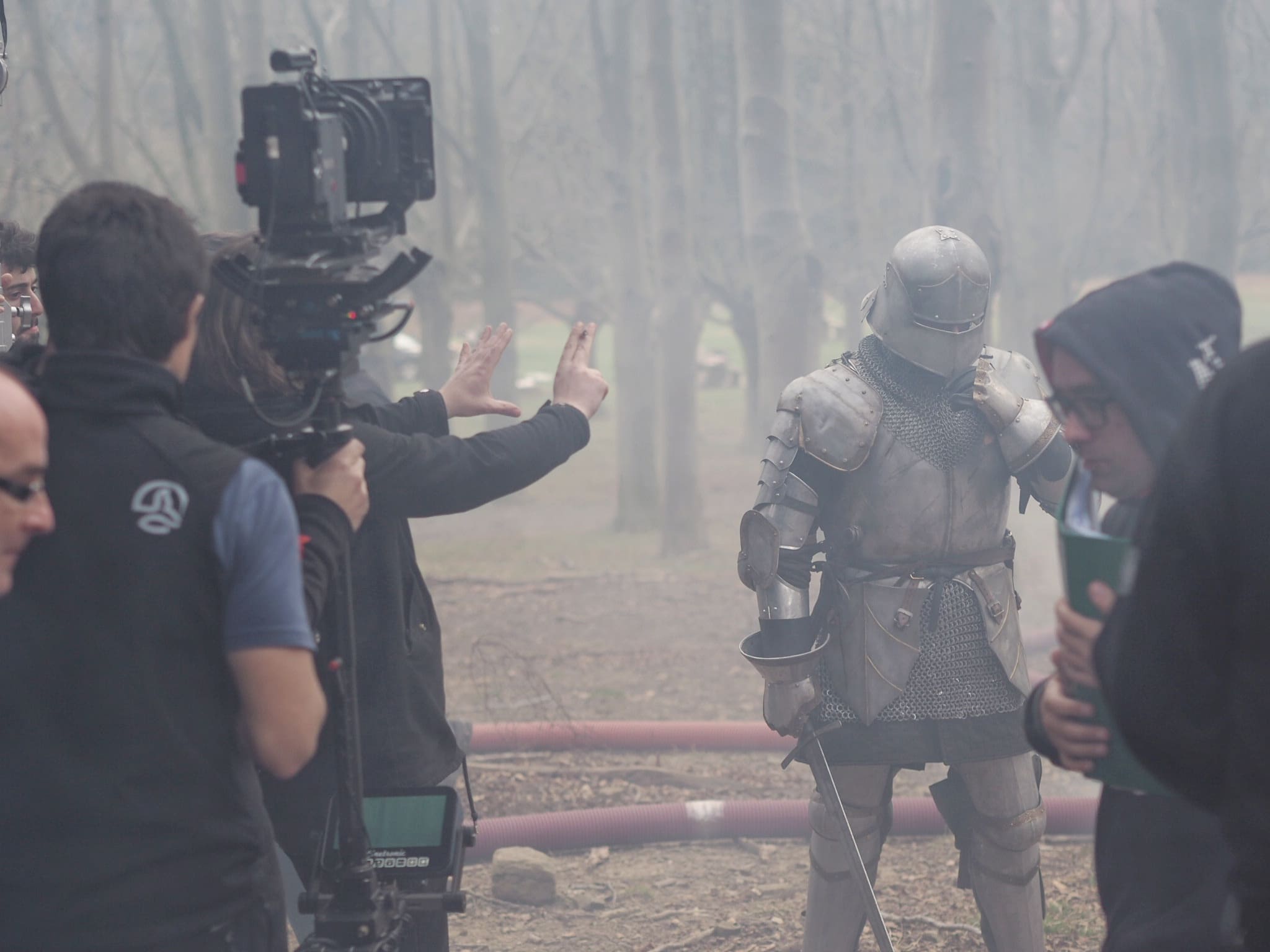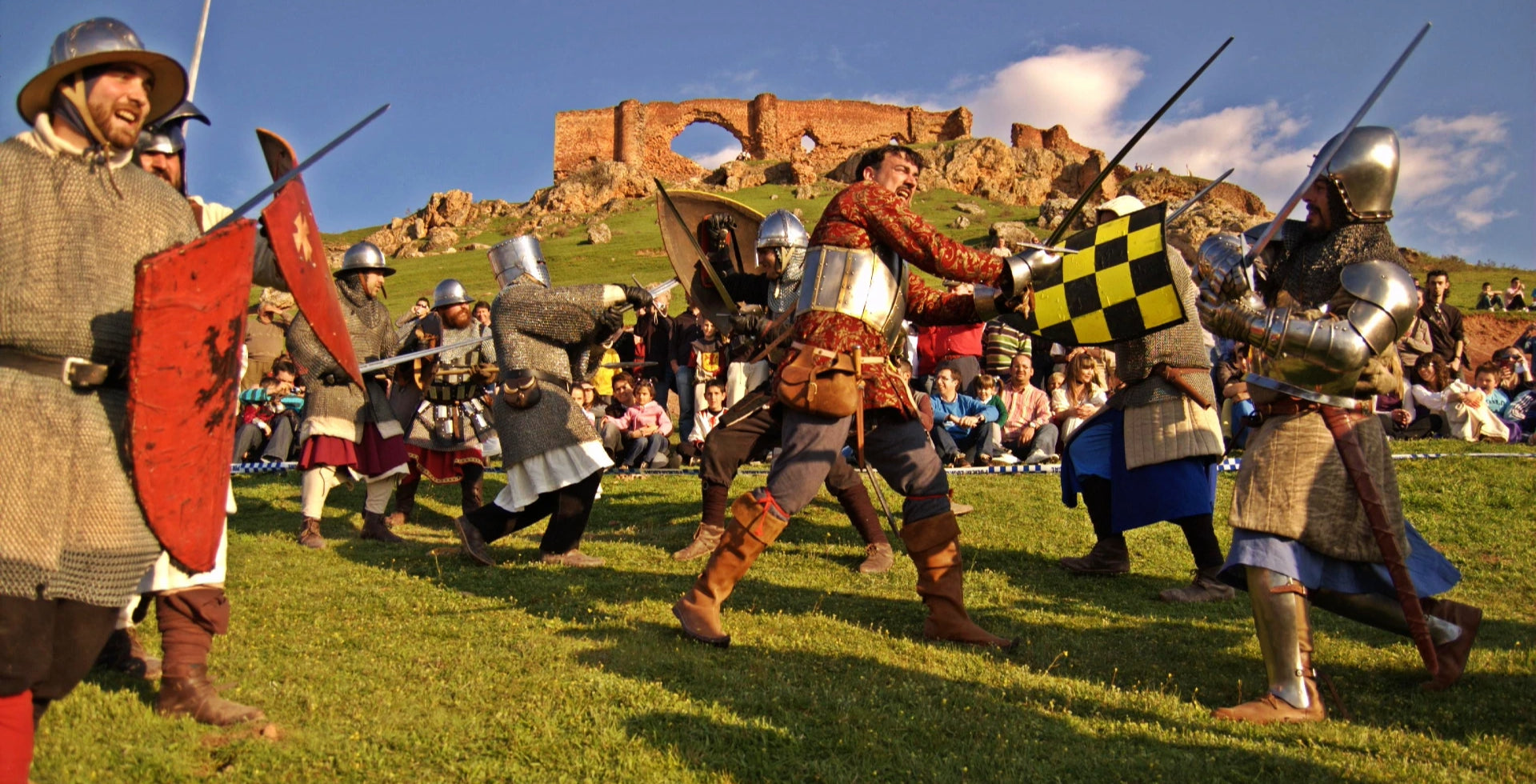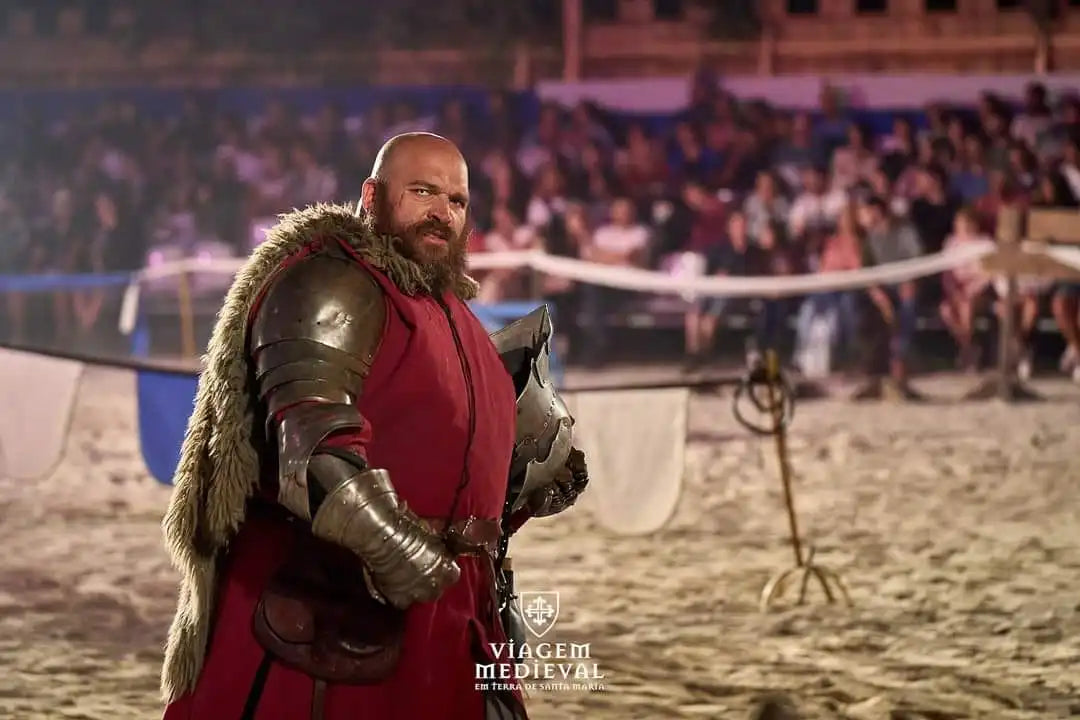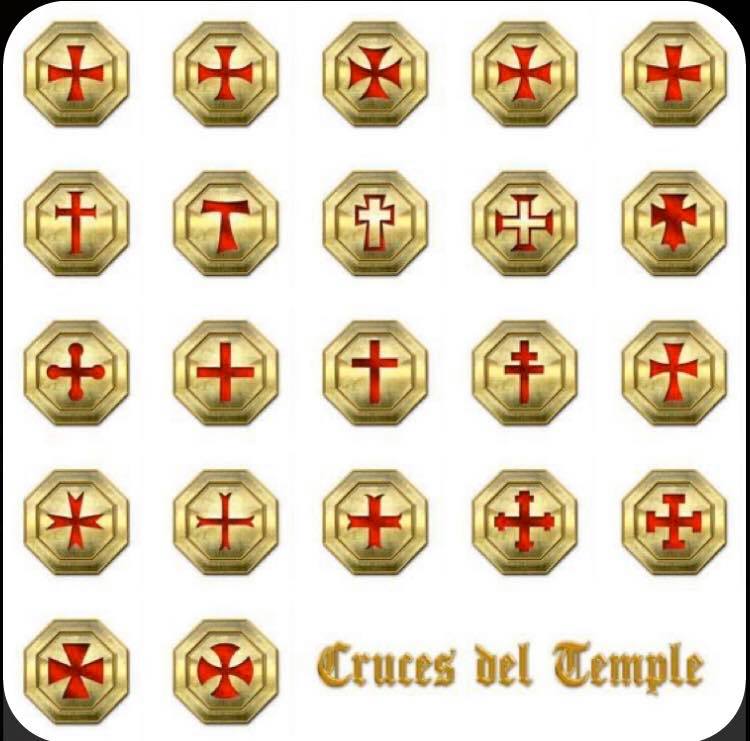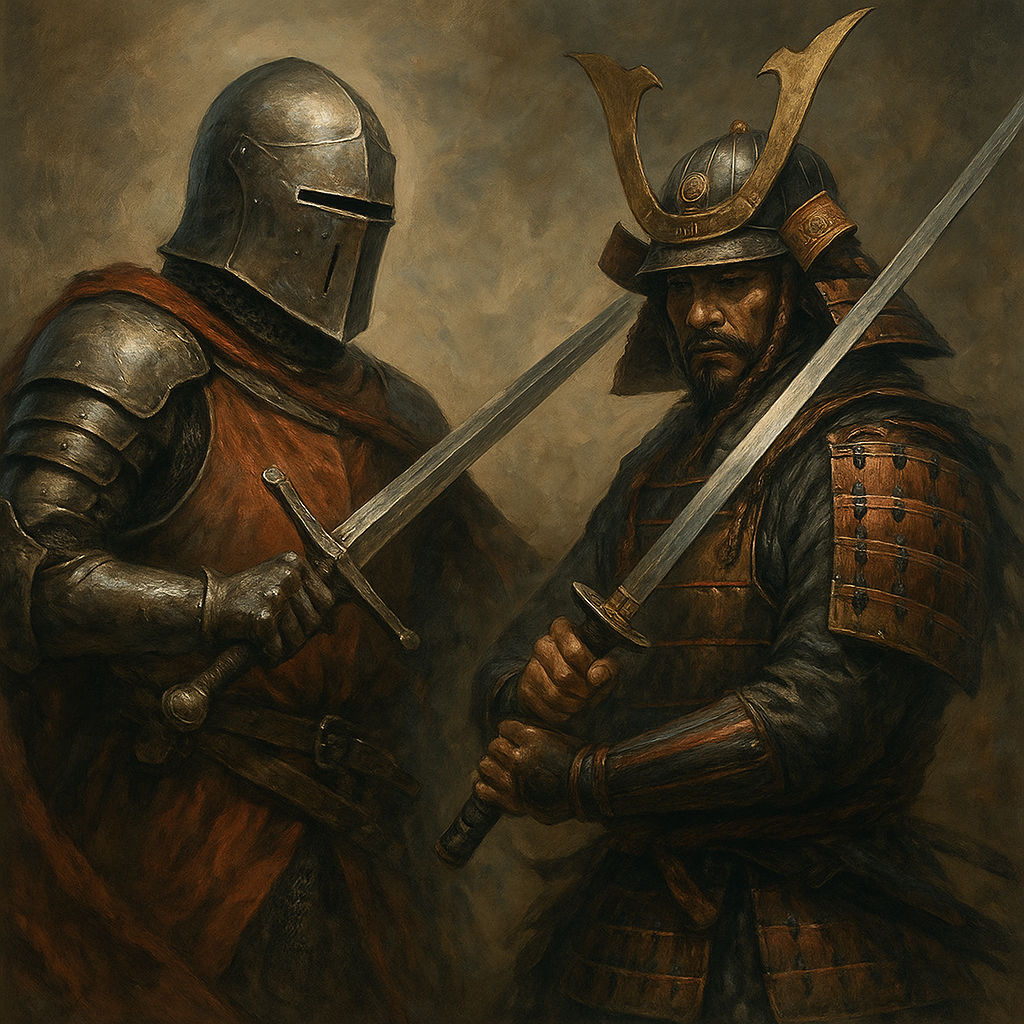In the ancient mythologies of Scotland, Germanic tribes, and Norse peoples, both elves and goblins occupy a fundamental place in the popular imagination. Although often confused in modern representations, their mythological origin reveals creatures with unique characteristics and very distinct roles.
In this article, based on ancient sources, we will explore the differences and similarities between elves and goblins in their original context, without any modern elements added, allowing us to better understand their true cultural traits.

Differences between elves and goblins in ancient mythology
Mythical origin, spiritual nature and relationship with the Gods
In Norse mythology, elves (álfar) emerged as almost divine beings, linked to nature and light, so these, especially the Ljósálfar (light elves), were seen as elevated beings of spiritual purity. Meanwhile, goblins , especially the Scottish ones (brownies), were spirits of the home and the earth, having a more earthly and pragmatic connection with their surroundings.
Thus, the elves were closely related to the gods (Vanir and Æsir), while the goblins acted outside the divine order, more closely linked to rural and everyday life.
Appearance
While elves were often described as taller, slender, and very beautiful, goblins , on the other hand, were often described as shorter, stockier, and sometimes even grotesque.
Habitat and relationship with humans
Elves lived in forests, mountains, and magical realms (such as Alfheim in Norse mythology) and maintained an aristocratic distance from humans. Goblins lived in farms, cellars, and fields near human homes, which led to their interaction, helping with household chores or punishing misbehavior.
Morality
Linked to their divine air, elves were ambiguous; they could be benevolent or lethal depending on how they were treated. Goblins , on the other hand, tended to be benign if their rules were respected, or playful and evil if not.
Magic and longevity
Elven magic was profound, with links to healing, immortality, and control of the elements. Furthermore, they were practically immortal.
The goblins , on the other hand, possessed minor spells, mostly related to invisibility or minor tricks, and although long-lived, they had more limited life cycles and were not considered eternal.
Social rank
The Norse and Germanic elves formed organized societies, with kings like Freyr in Alfheim. The goblins , on the other hand, lacked formal hierarchies and acted individually or in small groups.

Similarities between elves and goblins in ancient tradition
Connection with nature
Both were deeply connected to natural forces such as rivers, mountains, forests and fields.
Supernatural powers, shapeshifting, and invisibility
Both elves and goblins possessed magical abilities that surpassed human capabilities. In some traditions, both creatures could even shapeshift to deceive or protect themselves from humans.
Besides, They could turn invisible at will.
Attitude in accordance with human respect and rituals in which they were involved
The treatment received by humans, whether respectful or disrespectful, determined the subsequent attitude of these entities.
Possibly influenced by this, in Scotland and northern Europe, there were offerings and rituals to appease both elves and goblins.
Protection of their territories
Both creatures were extremely jealous of their territories and punished intruders.
Ability to bless or curse and symbol of fertility
Depending on their mood, they could grant blessings of fertility or bring misfortune. They were seen as agents who favored or harmed the fertility of livestock, land, or even people.
Intermediaries between worlds
Both goblins and elves were considered mediators between the physical world and the spiritual world.

Conclusion: Elves and goblins, from ancient European mythology to popular culture
The ancient vision of elves and goblins reveals deeply rich and complex worlds.
While elves were high-ranking spiritual beings, distant and almost divine, goblins acted as mischievous and endearing domestic protectors. However, although substantially different from each other, both shared a deep connection with nature, magic, and human life.
Understanding these figures from the roots of Scottish, Germanic, and Norse cultures allows us to appreciate their true richness and how their influence endures in popular legends to this day.
European and world folklore is vast and, in many cases, is transmitted through the oral tradition of each culture, especially when it comes to ancient folklore, although over time, each culture has given way to its own written records.
Variations, both between regions and historical periods, also have an influence. Thus, the elves and goblins that have claimed a place in popular culture have also undergone variations and creative adaptations depending on who decided to use their representation, but we must never lose sight of their origins and the ancient beliefs from which they originate.
I invite you to visit our store , where you will find a wide variety of products.

